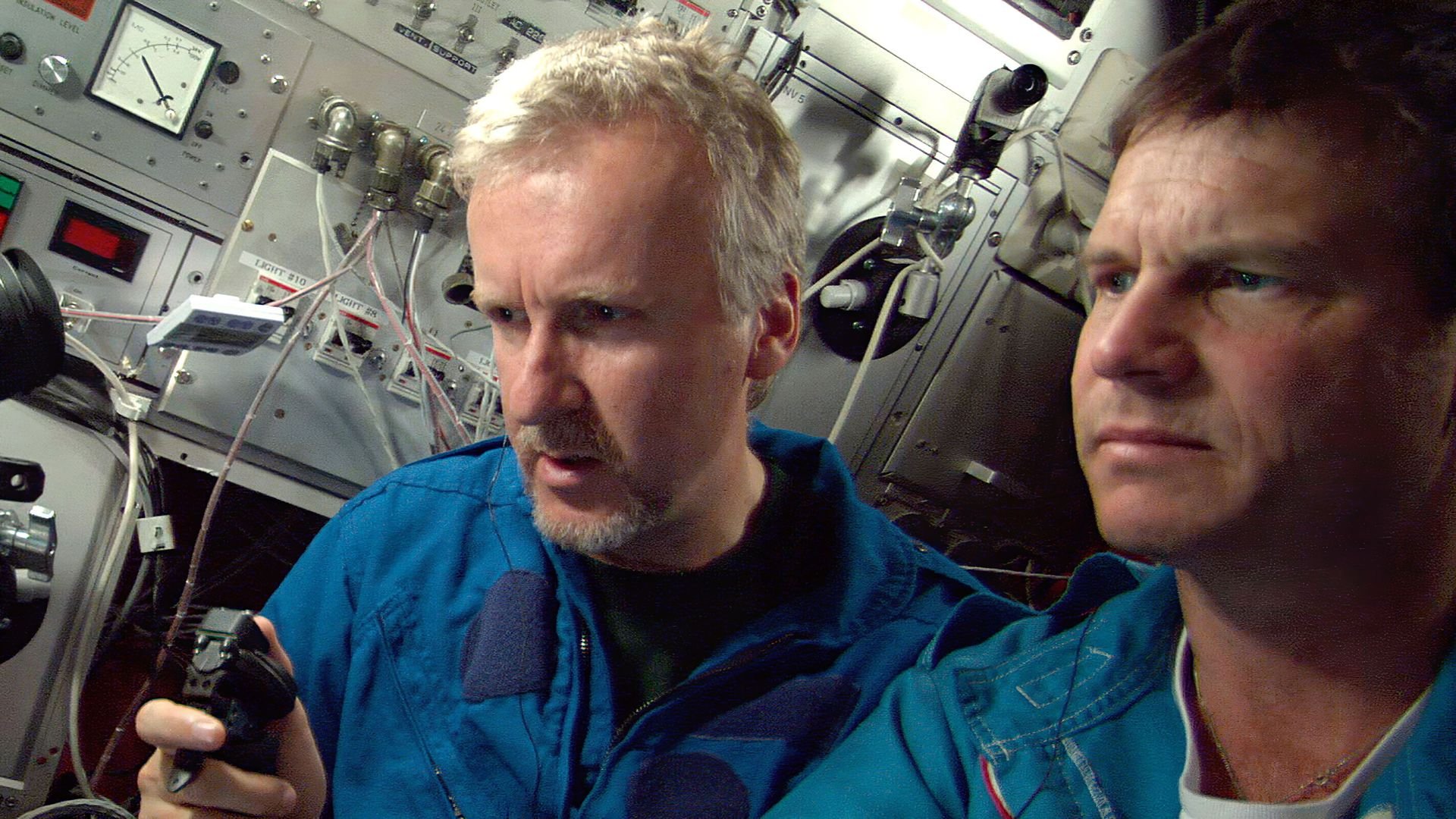Six years after blowing box-office records out of the water with Titanic, director James Cameron once again plunged into the deep for Ghosts of the Abyss. This documentary charts several 12500-foot-deep trips that Cameron, actor Bill Paxton (who played a treasure-hunter in the 1997 movie), and others took in submersibles down to the ship’s wreckage on the pitch-black bed of the Atlantic. The images they captured there are eerie and awe-inspiring: the camera floats through the skeleton of the once-grand ship, now colonised by sea life but still bearing haunting reminders of the people who perished with it. Digital superimpositions of the original layout help to bring the rusted interiors back to life, while ghostly, translucent images of actors are overlaid to recreate the panic and tragedy of the Titanic’s last night.
Granted, it isn’t the romantic epic the 1997 movie was, but Ghosts of the Abyss is an absorbing opportunity for Titanic fans to geek out and a window into the plucky logistics of these undersea trips (which have themselves become an object of great interest, given more recent, ill-fated journeys). Stripping back the Hollywood glamor and diving more deeply into the tragic reality of the Titanic, this is a companion piece that works just as compellingly on its own.




